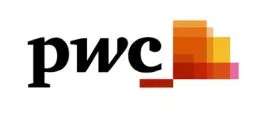QuickTake
Improving competitiveness, including by way of simplification plus regulatory burden reduction, and the strategic autonomy of the EU's Single Market more generally as well as for financial services more specifically has been placed in the spotlight in 2024 and continues to remain so in 2025. These considerations are part of the European Commission's longer-term priorities for the current 2024-2029 legislative cycle.
On 29 January 2025 the European Commission presented a Communication on a "Competitiveness Compass for the EU"1 and on 11 February the European Commission's long-awaited annual work programme (AWP) for 20252 along with respective Annexes3 (indicating which work is prioritised and which was to be deprioritised) was released.
As explored in this Client Alert, the European Commission's AWP outlines a series of legislative and non-legislative initiatives (such as the published Competitiveness Compass) aimed at enhancing the EU's competitiveness and strategic autonomy, sustainability, security and social fairness. The AWP also sets out a number of areas that will be reviewed and amended during 2025. Importantly the non-legislative initiatives published in 2025 may yield to respective legislative initiatives that are published in the path through to the end of 2029.
Key takeaways from the Competitiveness Compass
The European Commission's "Competitiveness Compass for the EU" is a detailed and 27-page document. It presents a comprehensive strategy aimed at tackling the priority sectors referred to in the Draghi Report4 as well as more broadly. These all aim to advance innovation, simplification of legislation and reducing foreign dependencies.
This overarching non-legislative initiative, along with the respective legislative instruments that are to be advanced in furtherance of the aims of the Competitiveness Compass, are likely to offer significant benefits for but equally present a number of compliance implications for regulated firms across various sectors, including specifically for financial services. In the course of various key themes, the Competitiveness Compass sets out a number of priorities scheduled for action. These can be summarised as follows:
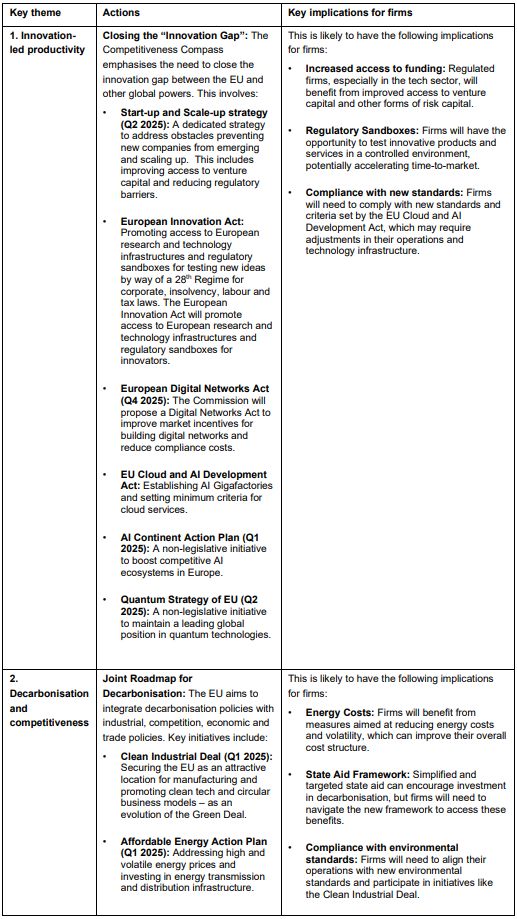
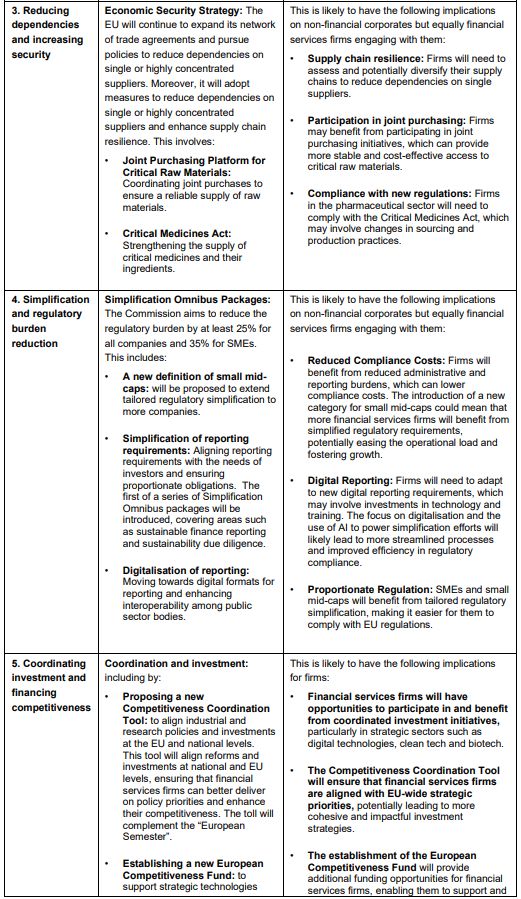
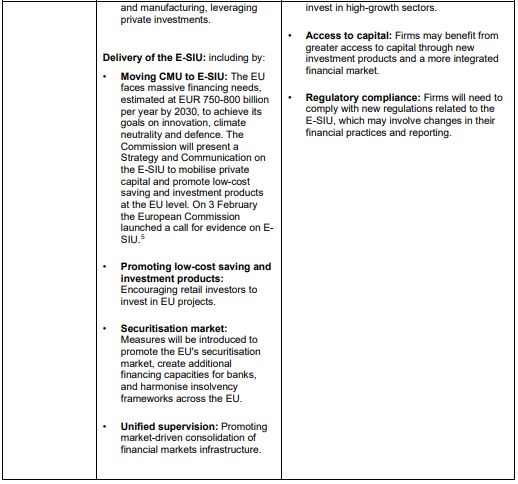
The Competitiveness Compass for the EU presents a comprehensive framework aimed at enhancing the EU's competitiveness through innovation, decarbonisation, reducing dependencies, regulatory simplification and improved access to financing. Regulated firms will need to navigate these changes and adapt their operations, compliance practices and strategic planning to align with the new regulatory environment. The potential benefits include reduced compliance costs, improved access to funding and enhanced supply chain resilience, but firms must also be prepared to meet new standards and participate in joint initiatives to fully leverage these opportunities.
Key takeaways from the European Commission's AWP
The European Commission's AWP for 2025 and its Annexes outlines, over 42 pages, a series of legislative and non-legislative initiatives, the latter including the Competitiveness Compass but much more. This can be summarised as follows:

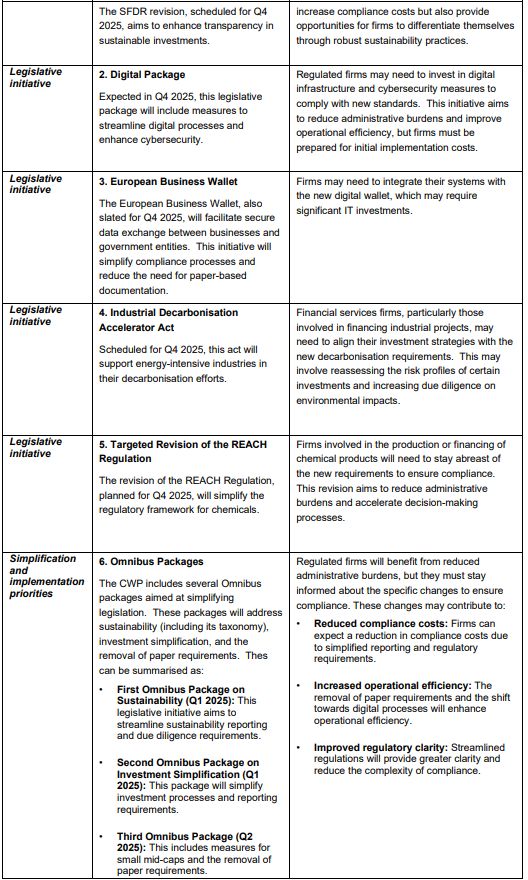
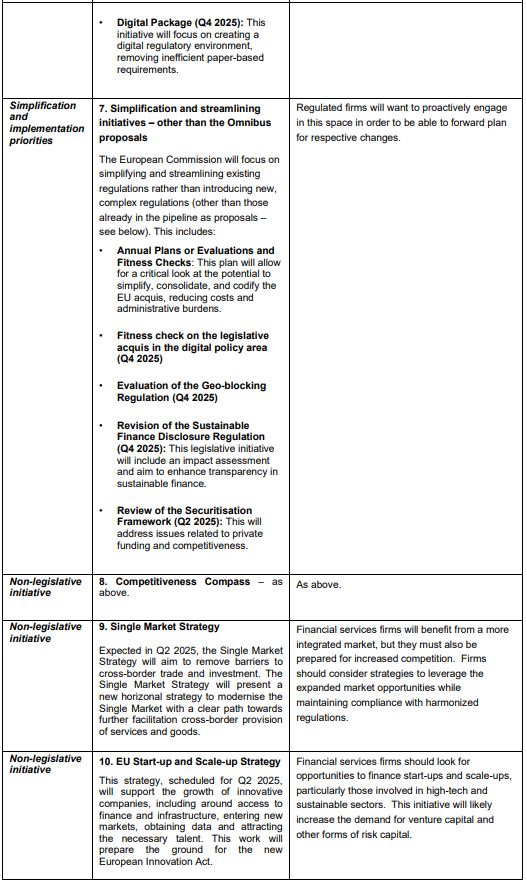
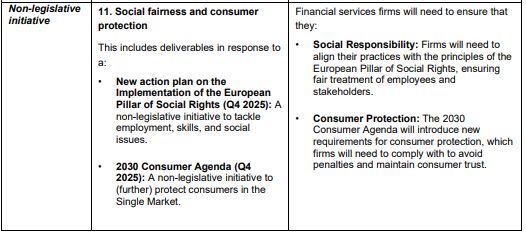
To view the full article click here.
Footnotes
1. Available here.
2. See microsite here.
3. Available here.
4. See Client Alert available here.
5. Available here.
The content of this article is intended to provide a general guide to the subject matter. Specialist advice should be sought about your specific circumstances.

